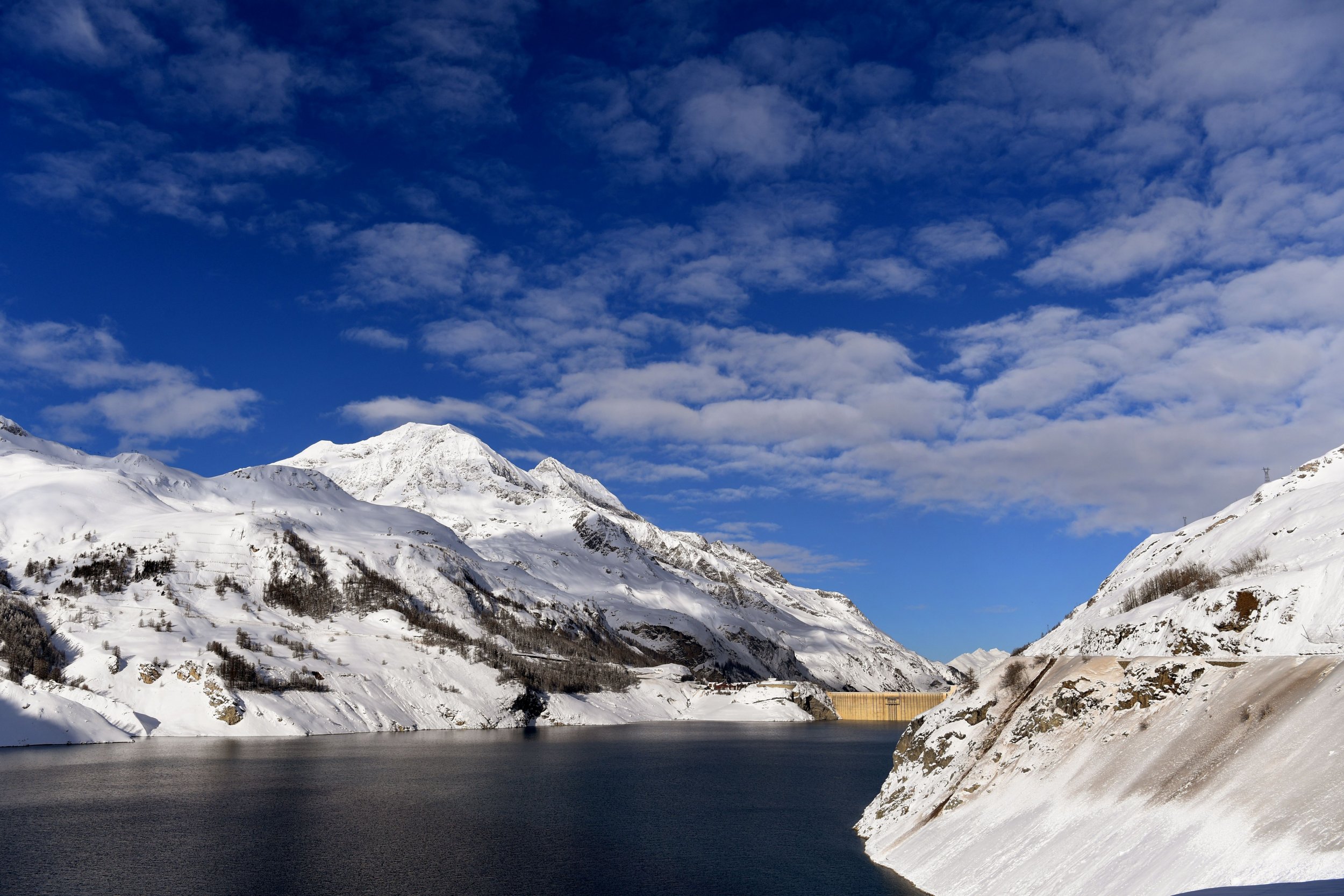
High-precision clocks can measure time so precisely that they can also measure the height of a mountain. These clocks—which measure the frequency of electrons' transition between energy levels in an atom—have long been known, but in a new study, scientists took the clock out of the lab and into the French Alps.
In the experiment, published Monday in Nature Physics, scientists placed an optical lattice clock in an underground laboratory near the France-Italy border. An optical fiber link, a type of cable often used to transmit telephone signals, internet and cable TV, connected the clock to another type of clock for comparison in Torino, Italy. The two locations were about 3,280 feet apart in height, as data from the clocks were able to show.
The reason why clocks can measure height is rooted in Einstein's theory of relativity. The theory explains the relationship between space and time, in which gravity plays a role as well. Gravity changes slightly, depending how far away you are from the Earth. When you are farther away from Earth's core, the force of gravity pressing down on you is slightly weaker. The change in gravity affects the pace of time—which literally means time moves faster the higher you are located above sea level.
"Time passes with different speeds depending how far you are away from large masses," Christian Lisdat, co-author of the study and physicist of Germany's National Meteorology Institute, told Newsweek. That large mass is Earth.
"Time really changes," he added, explaining that "if you go up, time passes more quickly." The gravity further above sea level at the top of a mountain is weaker, so time literally moves slightly faster. The difference, however, is tiny. After a decade, two clocks with 3,280 feet in altitude difference would only differ by 31-millionths of a second, Duncan Agnew, geophysicist at the Scripps Institution of Oceanography at the University of California, San Diego, who was not involved with this study, told the Los Angeles Times.
"The idea of using portable clocks this way has been in the geophysical literature for a long time," Agnew told the Times. "What these guys managed is to actually do it."
The clock works by measuring the frequency of electrons moving from one energy level to another within an atom. That electron transition, as it is known, creates electromagnetic radiation in the form of waves. Those waves are measured similar to how regular clocks measure how many times a pendulum swings per minute.
Scientists analyzed the difference in frequencies recorded by the two different clocks and were able to determine the height of the mountain since those frequencies change when gravity changes.
The portable atomic clock could improve the accuracy of height measurements down to less than an inch, and can measure more highly specific points, compared to satellite data, according to the researchers.

The technology has implications for improving navigation systems, helping engineering projects and learning about the interior of the planet, reported the Times. Lisdat told Newsweek that the clocks also have implications for measuring sea level rise.
Observing sea level changes down to precise accuracy is difficult without a solid reference point, according to Lisdat. He explained that "it's not easy to know if the sea level is rising or if your reference point is actually sinking into the ground." The reference point, in this case, is the coastlines which seas are rising against. To observe these changes globally, these clocks could improve the accuracy and provide a better frame of reference for scientists studying sea level rise.
Still, he added that these high-precision, atomic clocks still need perfecting. "There's a long way to go," he said. "It's a vision, and we think it's worthwhile to try."
Uncommon Knowledge
Newsweek is committed to challenging conventional wisdom and finding connections in the search for common ground.
Newsweek is committed to challenging conventional wisdom and finding connections in the search for common ground.
About the writer
Sydney Pereira is a science writer, focusing on the environment and climate. You can reach her at s.pereira@newsweekgroup.com.





